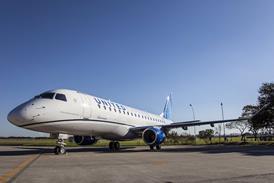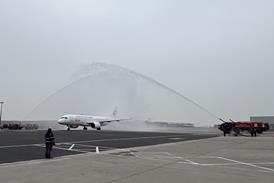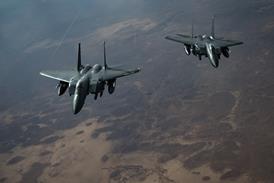An Australian Defence Forces board of inquiry into the November 2006 crash of an army helicopter on an assault ship's helideck in the Pacific has been told the crew's briefing did not take into account the changed wind conditions, and the aircraft was approaching the deck with a significant tailwind.
The Sikorsky S-70A Black Hawk, with two pilots, two crewmen and six other servicemen on board, hit the aft landing deck of the Royal Australian Navy's amphibious assault ship Kanimbla, bounced hard snapping off the tail boom, and plunged over the far side of the deck spinning rapidly.
Nine of the 10 on board escaped and were rescued before the helicopter sank, although the captain died later of his injuries, but a special air service trooper's body was not recovered until the wreckage was located on the seabed in March.
Giving evidence to the board, military legal specialist Cdr Jack Rush QC said the Black Hawk was undertaking a "high-risk" training exercise in tail winds of 10-15kt (18-28km/h) when it crashed into the deck.
He said the brief should have been revised to take into account the tail wind, testifying: "The evidence before the board showed there was a critical lack of risk management processes. As briefed, the flight should not have been authorised. Specifically, changes should have been made to the brief to allow for the wind."
Video footage of the event consists of three clips in sequence: the first is taken from the helicopter as it approaches HMAS Kanimbla from ahead with the apparent intention of passing the ship on its port side.
The second clip is shot from the ship, looking ahead, showing the Black Hawk passing parallel to its port side from bow to stern, but it moves out of shot when roughly abeam the Kanimbla.
The final very brief shot is shot from the helideck looking aft. It shows the helicopter in the last part of its final approach from the port side, on a steep trajectory, nose-down, and travelling considerably faster than a helicopter would normally be approaching if it were under control and if a landing were the crew's intention.
With no apparent flare, the helicopter bounces off the deck and falls overboard, losing its tail boom upon impact with the deck.
There is no visible wake astern, so the ship appears to be stationary or moving slowly.
The Kanimbla was operating in the vicinity of Fiji with other Australian navy ships, ready to evacuate Australian citizens in the event of an anticipated military coup d'etat.
Source: FlightGlobal.com























